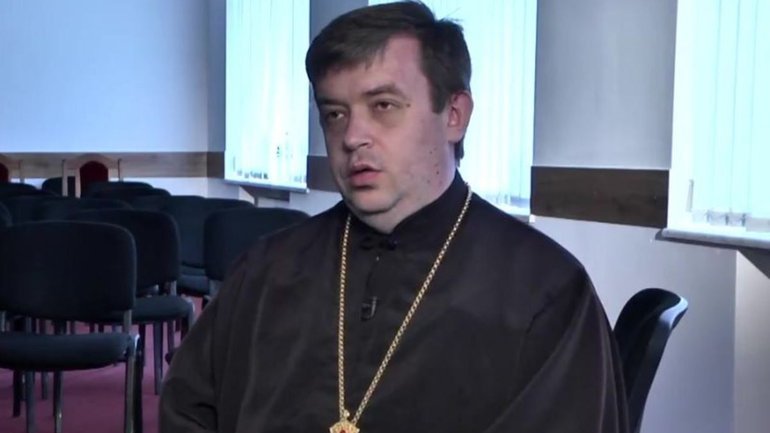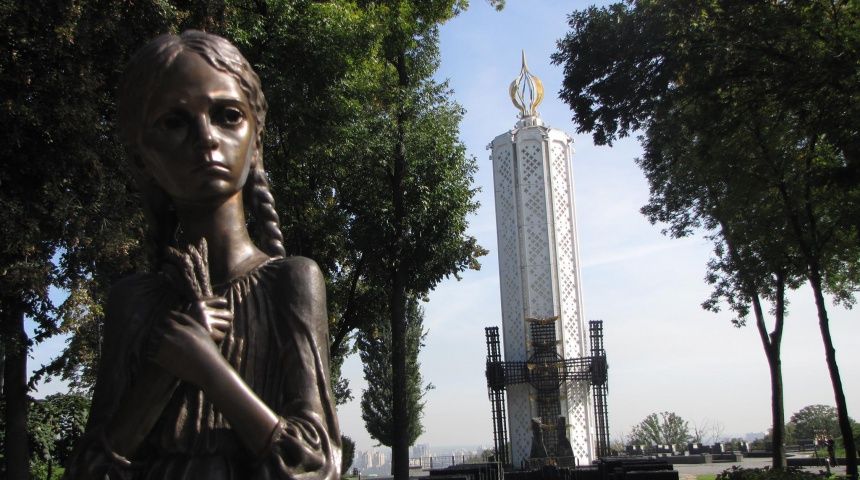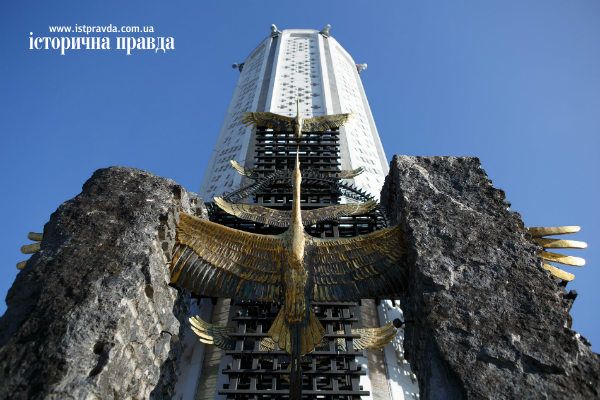Philadelphia Archdiocese of the UGCC joins the creation of the National Holodomor-Genocide Museum in Kyiv

"Join a good and crucial cause – the creation of a wonderful and demanded National Museum of the Holodomor-Genocide, which will truthfully, interestingly, widely cover the horrors of the Holodomor, honor the memory of all those who died and we learned their names, and remind about the atrocities of the Stalinist-Soviet regime in Ukraine. This must be done for our future generations, for the future of Ukraine and for preventing such a nightmare anywhere in the world," the appeal says.
The government of Ukraine has announced the creation of a memorial to the victims of the Holodomor. In 2010, a memorial part of the now National Holodomor-Genocide Museum was opened on the banks of the Dnieper river in Kyiv. This first part of the memorial consists of parts: two sculptures of Angels, which is a symbolic entrance to the museum, the square "Millstones of Fate", around the circumference of which there are artistic sculptures of millstones, and in the center of the square — a sculpture of a girl, which is called "bitter memory of childhood".
"Candle of Memory" is surrounded by a complex of artistic compositions (storks, iron crosses, stone blocks, slabs with years of crime against the Ukrainian people minted). The Memorial Hall is the central part of the memorial, which now serves as a museum, The Alley "blackboards" - granite slabs with a list of settlements to which a special regime of extermination of the population was applied during the Holodomor.

Work is currently underway on the second, museum, part of the Memorial. The cost of the project is 125 million US dollars, of which 65 million are provided by the Ukrainian government for the construction of the museum, and 60 million should be raised for the creation and arrangement of museum materials, research and the establishment of a fund for its further existence and development. This is exactly what is doing the International Charitable Foundation of the Holodomor Museum, which was created by three organizations – the All-Ukrainian human rights organization Vasyl Stus Memorial, the public Committee for honoring the memory of the victims of the Holodomor-genocide of 1932-1933, and the World Congress of Ukrainians.

As stated in the message of the Archdiocese of Philadelphia, the head of the UGCC appealed to Ukrainians, Ukrainians in the heart and all people of good will to join the fundraising for the creation of the museum.
Here you can learn how to make a contribution.
Forced and prolonged starvation of millions of Ukrainians has resulted in the death of at least 10.5 million, according to the latest investigations! This was a deliberate policy as a reaction to the resistance of the freedom-loving peasantry against the collectivization introduced in 1928 when private plots, livestock and agricultural implements were seized and brought to collective farms, people were forced to work on the collective farm, where they were paid with grain, which was not enough to feed the family.
Today, it is not known for certain how many people died during the Holodomor. Most historians and scientists claim that more than 7 million died in Ukraine and 3 million Ukrainians in the Kuban, Central Chernozem region, Volga region and Kazakhstan. In addition to the number, it is difficult to establish the names of those who died from the Holodomor, because it was forbidden to record the actual number of deaths. Today, secret lists of some village councils with a list of those who died in 1932-1933 have been discovered. These lists are twice as high as official data. There was a ban to indicate "hunger" as a cause of death, so the acts of death indicated "typhoid", "exhaustion", "old age". In 1934, all the Registry Office books on the registration of deaths were transferred to a special department of the GPU. Ukrainians died out in families and villages, and the dead were not always counted. The rate of unreported deaths is unknown, but it is clear that millions have died.









